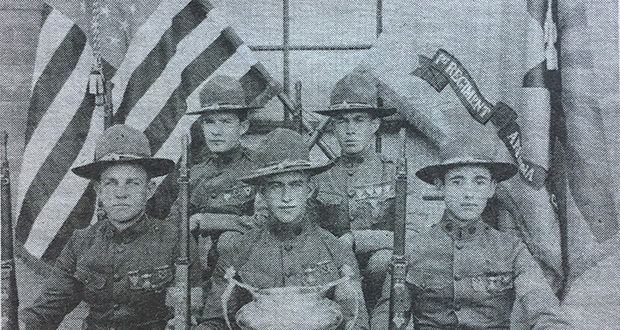Doomed footsteps: Lewis Wolfley
Arizona Capitol Reports Staff//May 4, 2007//[read_meter]
Governor Lewis Wolfley had the distinction of being the first resident of the Arizona Territory to become territorial governor. He also, probably, had the most unusual death associated with a...
No tags for this post.

















